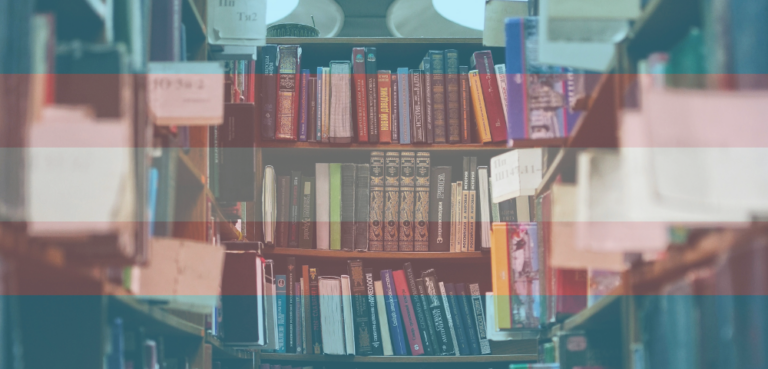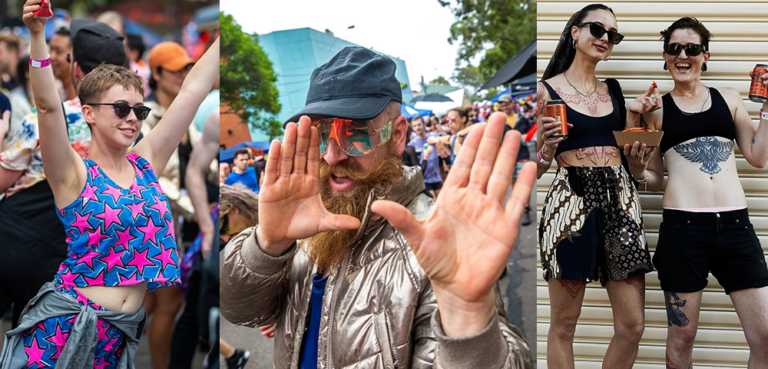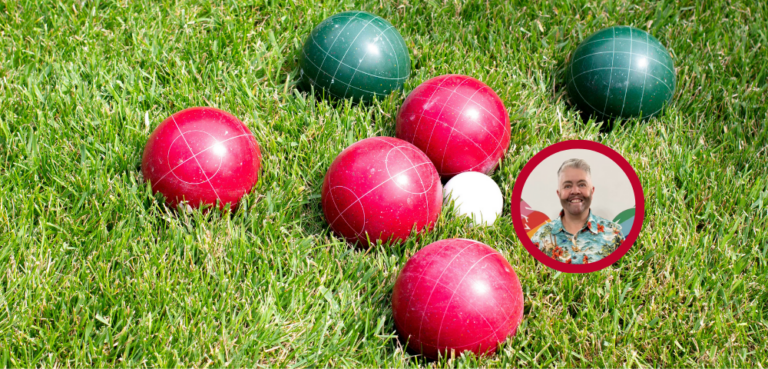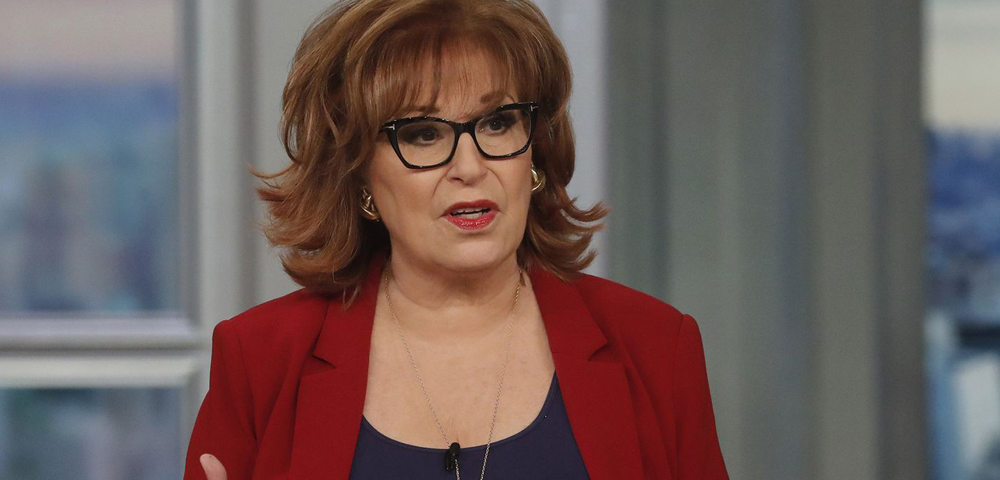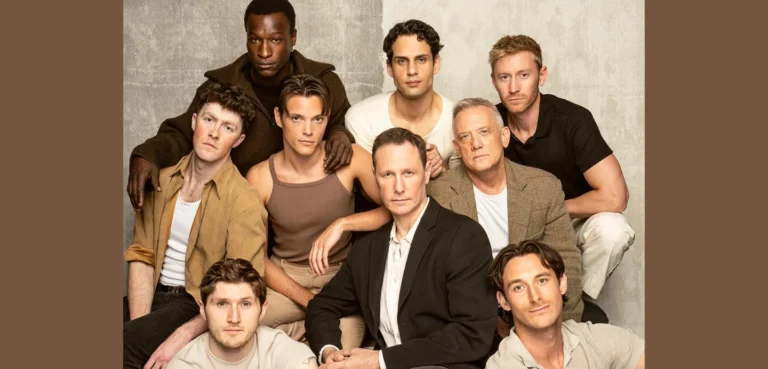
Queer Asian Representation Is Getting Better In The Media
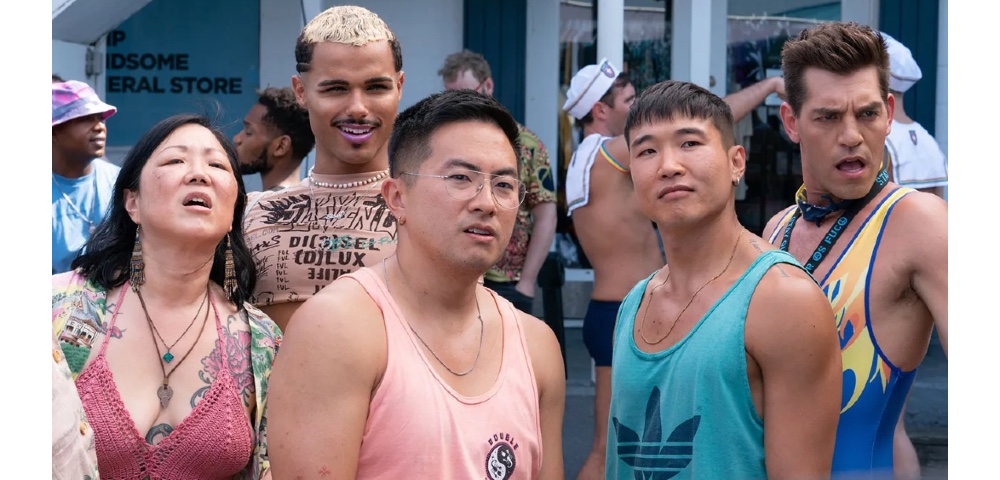
Previously I had written about sexual racism towards queer Asian men and stated that one of the causes of this was historical media representation.
Because we internalise the media we consume, harmful stereotypes or limited representation can manifest as assumptions and truths in our minds.
As queer people, we palpably know the importance of diverse queer representation and how stories help build understanding, empathy and insight into our community. So when I reflected on why Asian men were the least desirable race when it came to dating (OKCupid study in 2014), it didn’t seem far-fetched to assume that there wasn’t enough positive Asian representation on our screens to support our perceived attractiveness.
However in recent years there has been a conscious effort in western media to increase diverse representation in general. From Disney movies to reality shows (CBS pledged a 50% diversity cast in their reality shows in 2020), society started to make up for lost ground by handing out representation in an Oprah-esque fashion. (You get representation!).
Celebrating Small Wins
Suddenly the Asian community were celebrating their wins in movies like Crazy Rich Asians and the launch of marvel superhero Shang Chi. Seeing Darren Barnett cast as a highschooler at 30, but more importantly the hot love interest in Netflix’s Never Have I Ever started to instil the belief in me that things were changing for the better.
This change struck me especially during the airing of Rupaul’s Drag Race Season 15 when internet forums were abuzz with how the ‘trades’ of the season were the two Asian cast members – Anetra and Aura Mayari.
I felt complete dissonance when queer people were openly expressing their attraction to them when ten years ago it would be common to preface such statements with a ‘I’m not usually into Asians but-’. It made me wonder if I had gaslit myself into overthinking my lack of prospects or if everyone had gotten the ‘Asian men are hot now’ memo but me.
Instead of wallowing in bitterness that this shift didn’t start during my 20s however, I want to now celebrate the small wins of important media representation that Asian queer people have recently been seeing. Not only did Anetra and Aura sort of make up for the lack of Asian queens in the previous season, the currently airing Canadian version has multiple queens of Asian descent, the most ever in an English speaking country.
Asian Queer Narratives
Like a constellation of stars lighting up different segments of our potential on who we are as a community, Asian Queer narratives have started to expand and diversify. I’m grateful for Alec Mapa and Nico Santos for being unapologetically fabulous in their respective shows. The importance of comedians Joel Kim Booster and Bowen Yang (SNL) and their film Fire Island.
And although my jaded eyes aren’t enough to suspend my disbelief on how it ends, there are important and relatable insights into sexual hierarchies, fetishisation and resulting feelings of self-sabotage.
Netflix’s Glamorous provided a love interest in half-Asian Ben, who showed that you can be sincere and dorky while also a hot dancer. Other dramas featuring seductive Asian Queer men also include How To Get Away With Murder (Oliver Hampton), Grey’s Anatomy (Nico Kim), and Shadow Hunters (Magnus Bane).
Our own ABC station also follows Charles in dating show ‘Better Date than Never’, which piqued my (jaded) interest to see if they would portray any of the difficulties that came with being Asian and Queer (not really). Finally Legend of Korra had bisexual representation in animated form, we saw queer acceptance in philosophical multiverse film Everything Everywhere All at Once, Gen V featured a bigender superhero, DC Titans casted transgender and deaf actor Chella Man, and Sort Of made me teary with its heartfelt insights into non-binary Sabi from a Pakistan immigrant background.
I previously wrote of how disheartening it was to not see narratives of love for Asian Queer individuals in the media and how this bled into realities of self worth. How were we or anyone else to believe that we were attractive or worthy if Asian Queer people were never portrayed that way on our screens? Now with these incidents of change I see the hard work of the advocates and individuals behind the scenes who have written, casted, shared, funded and imagined better realities.
Rush
I also want to acknowledge that we still have some ways to go. When I saw Troye Sivan’s Rush music video for the first time I canvassed each face hoping to find an Asian man but found none.
Instead, a majority of Troye’s sexual scenes were focused around white men which felt as if he was using them as props to validate his brand and sexuality. It reminded me of my nights partying in Sydney where it felt like certain spaces only welcomed you if you were white and hot.
While a bop, the video for Rush translated as exclusionary but I also see the arguments for self expression. Later Rush would be criticised for lack of body diversity and Troye would address this as being not his intent, perhaps rectifying this in his next video One Of Your Girls.
This shows that these conversations can be productive in challenging our internal biases and that we’re all capable and open to learning. This article may seem like a continuation of ruminations on why I’ve been perpetually single and you’d be right. But I also think it’s important to stop and smell the blooming roses that preface the inevitable hot Asian men’s summer.
